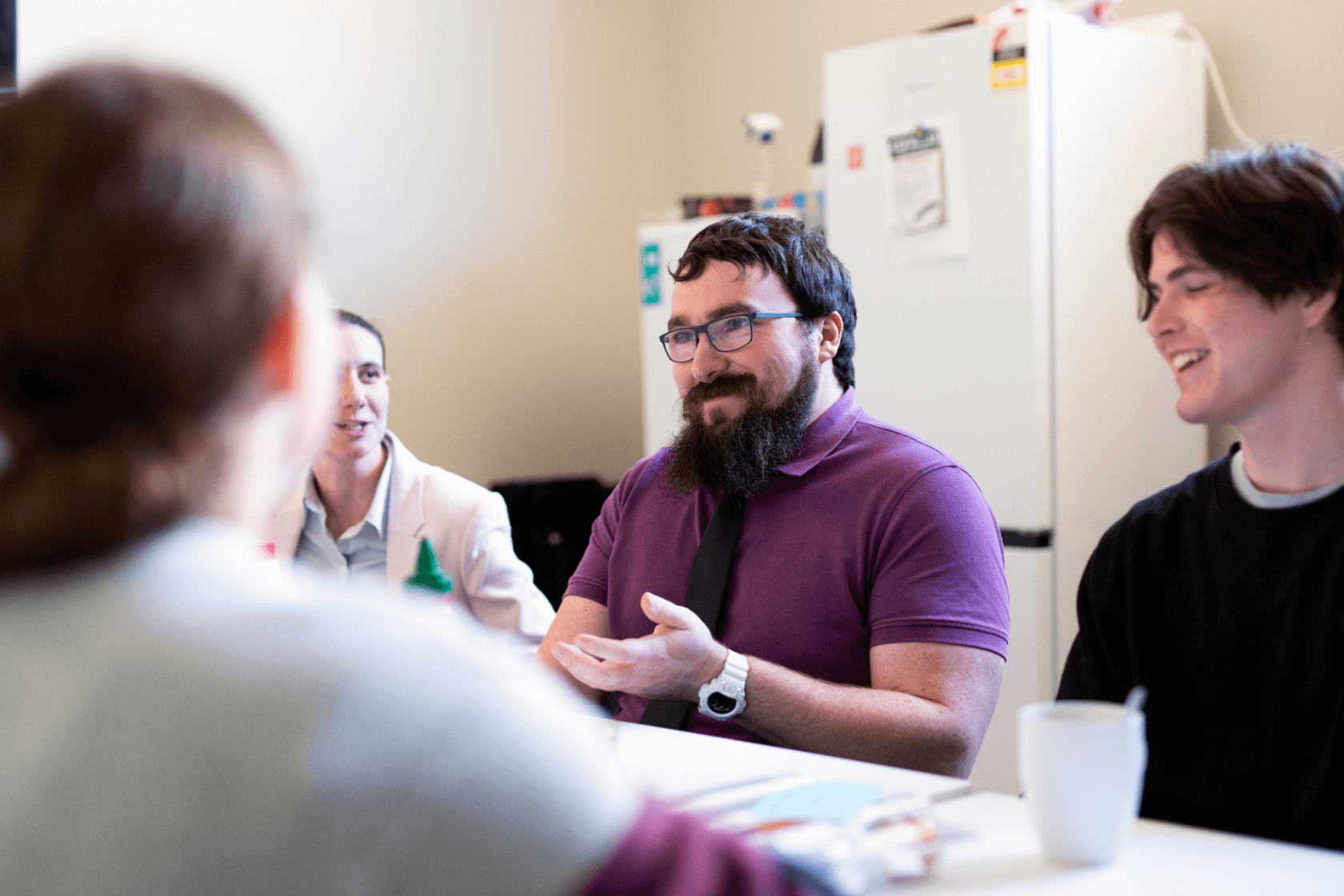Disability is more common than many of us might realise: almost one in five Australians – 4.4 million people – live with a disability. Yet, this often goes unnoticed because many disabilities are “non-visible” such as neurological disorders, mental illness, diabetes, brain injuries, learning differences and cognitive dysfunctions.
While society is becoming more aware of difference, diversity and disability and we are becoming more inclusive of all abilities, there is still a way to go – especially when it comes to employment for people with disability.
We know an enormously important aspect of social inclusion is having a job. We also know that workforce participation is much more than just a regular paycheque because employment delivers numerous benefits, from improved self-confidence and a greater sense of autonomy to regular social interaction and community connectivity. Despite this, the participation rate for people with disability remains stubbornly low compared to working age Australians without disability.
On a positive note, a recent APM research report has shown that a growing number of employers are acknowledging the benefits of creating inclusive workplaces.
In fact, nearly seven in 10 Australian employers (67%) say diversity and inclusion (D&I) is on their organisation’s radar. Employers across all sectors and of all sizes are acknowledging the benefits of a diverse and inclusive workforce, with many saying that an ability-inclusive workplace is culturally beneficial. However we need more employers to turn the desire into a reality.
Only around half (55%) of employers actively encourage hiring people with injury, illness or disability. And the knock-on effect is that fragile employment remains common amongst people with disability.
Along with those who are unemployed and looking for ongoing work, 41% of people with disability in employment are underemployed and looking for greater hours. Around half of employed people with disability are in casual roles, compared to just one in 10 working-age Australians. Most people with disability are keen for permanent part-time work – disappointingly, more than half are stuck in a cycle of seasonal or casual employment.

Maegan, Clyde, Kristie, Nicholas, Tammy and Alexander all overcame barriers of disability or health condition to find sustainable employment.
So, we have a situation where employers are increasingly keen to hire people with disability and create diverse and inclusive workplaces, coupled with people with disability being keen to find permanent work and higher hours but a disconnect remains.
The question we need to ask is what more can we do to help employers hire people with disability?
Nearly a third of businesses (32%) say they would like to hire someone with disability, illness or injury but they do not know how to go about this, with many feeling outright confusion.
The good news is that there are numerous supports in place for employers and employees to help bridge this gap. These include the Australian government-funded financial support through wage subsidies, various supports from employment services providers, grants for workplace modifications for eligible job seekers, as well as access to training for members of a workforce to better understand their own health and the health needs of people with disability.
In my role at APM, every day I see the positive and lasting impacts that having a job makes to people. The benefits are not limited to people living with disability and their employers – they extend throughout our communities.
Together, we have a responsibility to increase workforce participation and, in doing so, to unleash the immense potential of people living with disability.
By Michael Anghie, Group CEO APM

